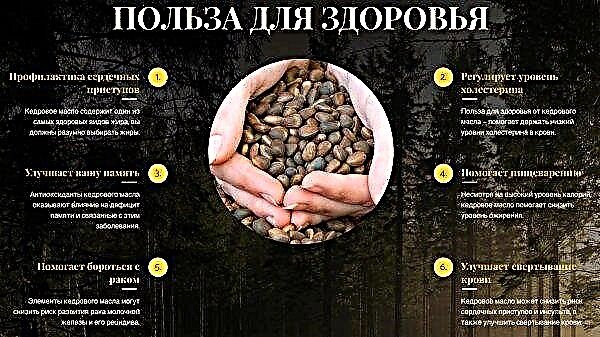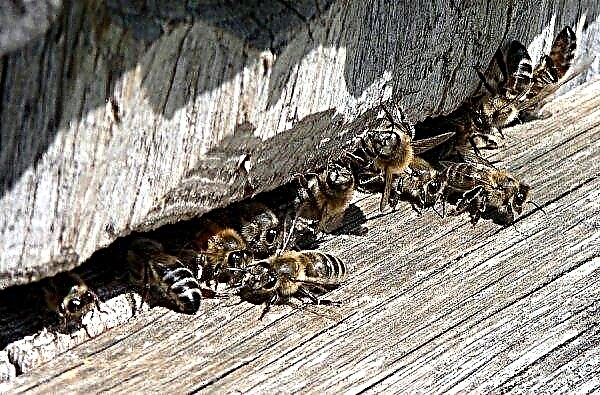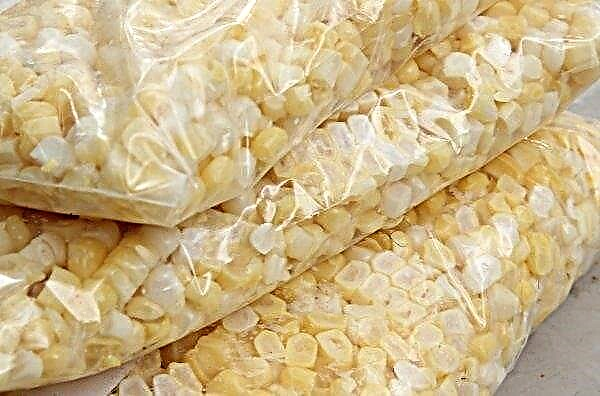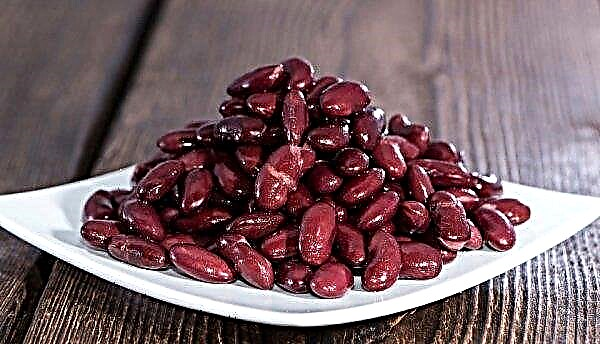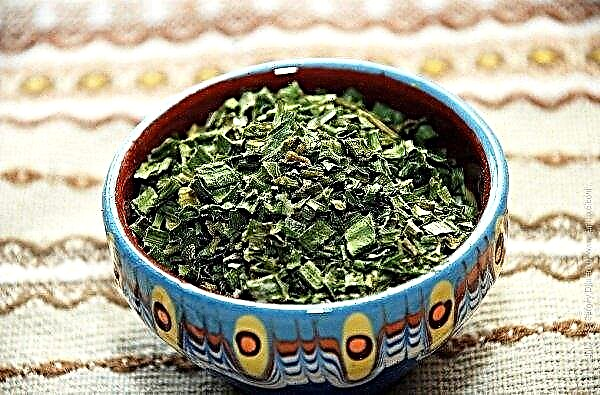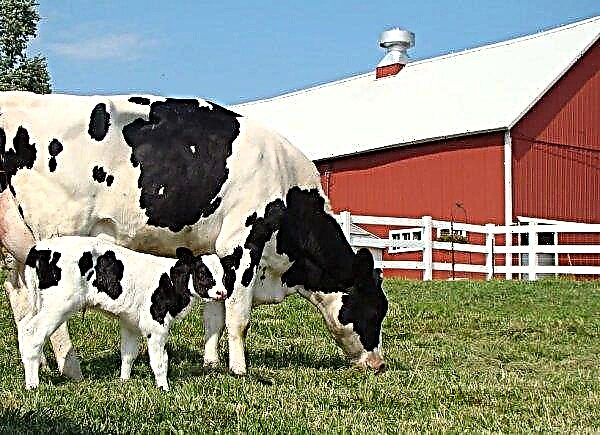Researchers at the University of Seville's Higher Technical School of Agronomy Engineering at the University of Seville have discovered that the fungus Lasiodiplodia theobromae was the causative agent of red-brown blueberry cancer, which causes red-brown ulcers on plants, dying stems, shoots and dropping leaves.
In August 2017, 89 affected blueberry bushes of the varieties Ventura and Star were selected on a farm near the municipality of Gibraleon, in the Spanish province of Huelva.
Red-brown ulcers, the death of stems or shoots, and dropping of leaves were noticeable on the plants, and 30% of the plants were almost dead. Some of these symptoms on blueberry plants were previously attributed in Huelva to the defeat of Neofusicoccum parvum, N. australe and Pestalotiopsis clavispora.

“Parts of shoots from the affected plants were selected and analyzed. Genetic analysis and subsequent morphological characteristics of the pathogen showed that the causative agent of red-brown cancer was Lasiodiplodia theobromae.
The pathogen was re-isolated from all inoculated shoot tissues. It was previously reported that this pathogen caused late blight of blueberry stems in China and the United States in 2009 and 2015, respectively.

As far as we know, this is the first report on the isolation of L. theobromae as the causative agent of stem cancer and the death of blueberries in Spain, as well as in Europe as a whole, ”the scientists explained.

